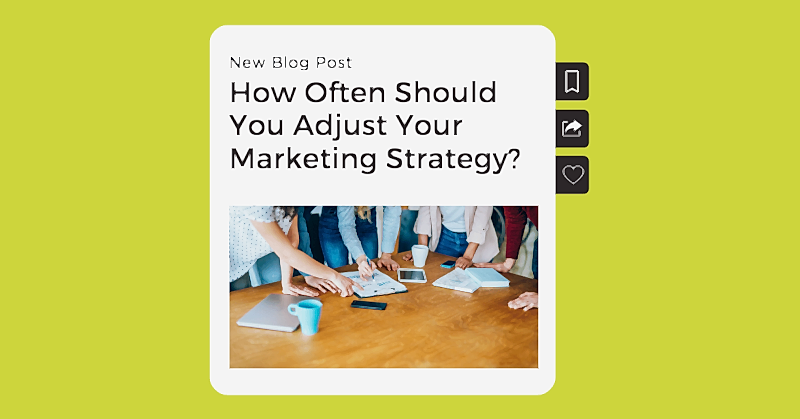What They Have in Common, How They Differ, and Which One You Need
Whether you’re just getting started with your social media accounts, or want to evolve your strategy, it’s important to know how and when to implement paid and organic social media. After all, you want to get the most bang for your buck.
So what’s the difference between paid and organic social?
Paid Social Media
This is when you pay money to have your brand appear more on social media, whether it’s boosting or advertising. Boosting is when you put money behind an existing post so that it is seen by more people, and is a quick and easy way to extend your reach. Paid social advertising is paying money to run ads on social media, separate from what’s on your actual feed.
There are two things paid social media always has behind it: money and an objective. Social Advertising allows you to track the return on your investment, which is key for performance and growth.
It’s able to unlock a level of engagement and response you would never achieve otherwise. We’ve had some clients so inundated with responses to paid social we had to turn off the ad so they could catch up!
Organic Social Media
This is when a business uses the free tools of social media to reach its audience in a natural, cost-free way. A brand might share a photo or a special offer, and the post will simply reach who it reaches, however, the algorithm chooses to prioritize it. Unfortunately for businesses, this is happening less and less.
Organic social media is your feed, which means it needs to be looking its absolute best. This is how most people will uncover more about your business—by scrolling through your posts. Having a consistent, engaging, on-brand feed positions your business as premium and trustworthy.
Using some social media planning tools can help manage your future posts and plan your organic strategy. There are many things to consider to have your organic social media up to scratch, including responding to comments and the times you post.
You can grow your business quite substantially purely through organic social. Lots of content, over time, will mean you attract followers and engagement.
The Comparison
The obvious thing that paid and organic social media have in common is that they both appear in social media feeds.
Generally, organic is about brand awareness, and paid is about performing, although of course, both can do both.
Unlike paid social, with organic, you’ll never reach a point of knowing “if I do X, I will achieve X”.
Which Should I Use?
If you’re going to put effort into your social media strategy, why wouldn’t you go in armed with all the information you can get?
Some businesses simply cannot afford high social spending. Although perhaps they would make room in the budget if they understood just how true the saying is, “you have to spend money to make money”. This isn’t just in relation to conversions but also tracking data to evolve your strategy. In short, paid social is absolutely worth it.
Large followings are important for a brand, so frequent high-quality organic content is integral. Often hiring an expert to manage this side of it is the way to go as it can be time-consuming and you don’t want to be lost in the algorithm.
It’s important to remember you can mix it up. It might be a good idea to invest more money in your social media when you’re running a promotion or ramping up your marketing before the festive season.
Ultimately, both are necessary. We won’t deny that managing both can be time-consuming and requires a strategy to gain the best results.
That’s why we recommend leaving both organic and paid to the people who know how to make the most of it: the people at Onya! Reach out today to talk and learn more!








